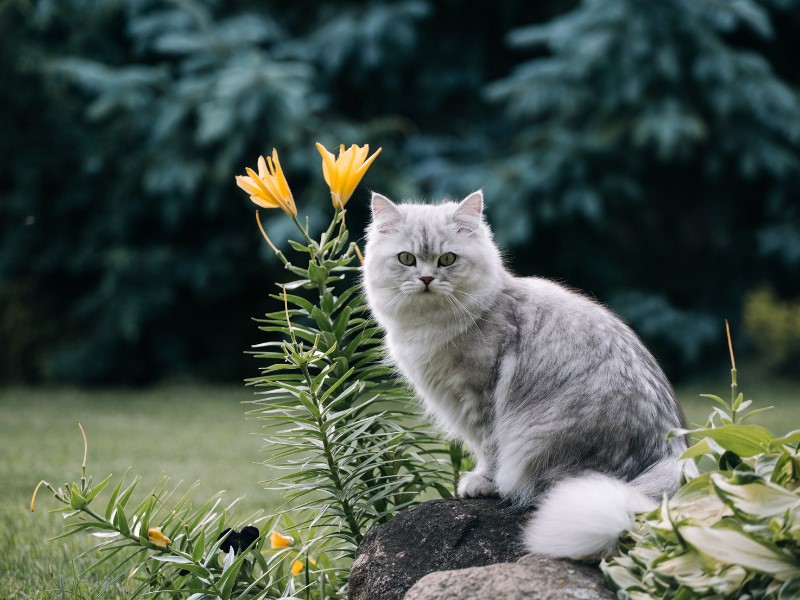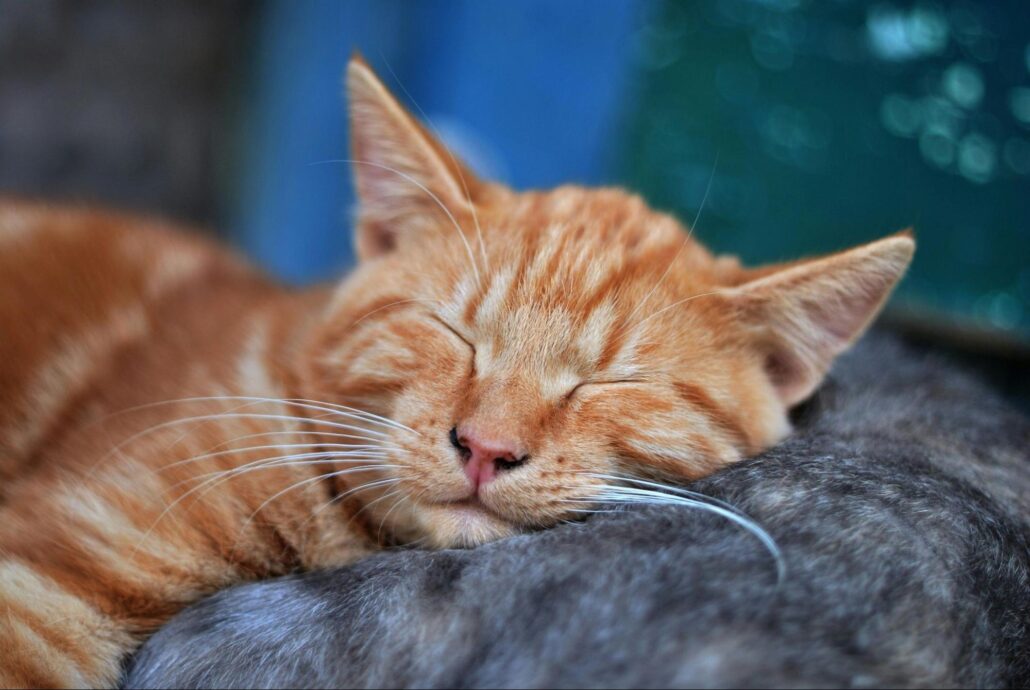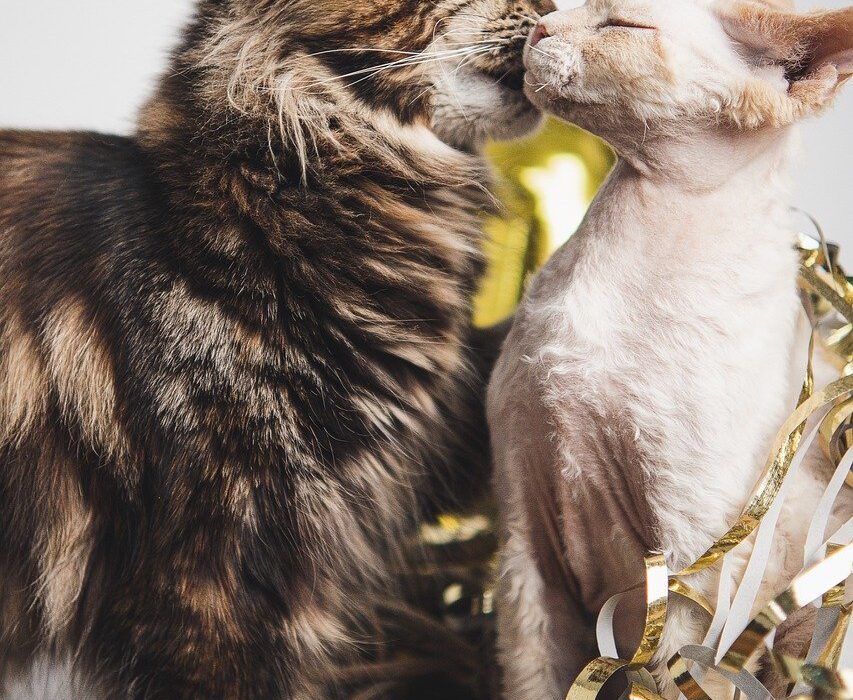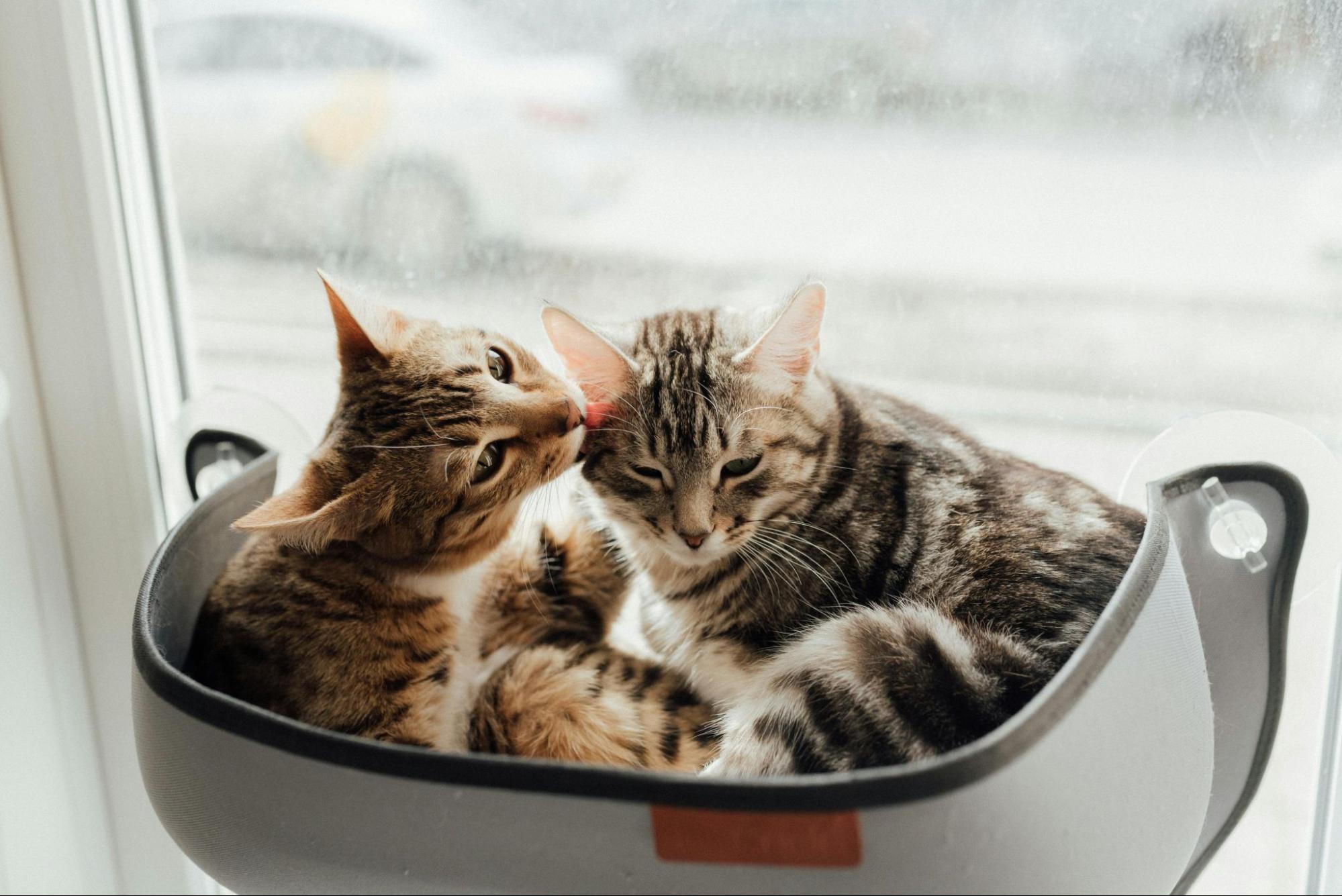Short-Hair vs. Long-Hair Cat Grooming: What’s the Difference?
Long hair, short hair, no hair—we love all cats! So why do we ask you about your cat’s fur when you book an appointment? It’s simple: long-hair cat grooming requires a different process compared to short-haired or hairless cats.
Cats with long fur will require more coat maintenance compared to short-haired cats. This means more brushing, more thorough bathing, and a greater chance of requiring additional services, such as mat removal.
Let’s dig into the differences between short-hair and long-hair cat grooming so you’ll know what to expect.

©Anton Minin via Canva.com
The Differences in Long Fur vs. Short Fur
| Long-Haired Cats | Short-Haired Cats |
| More prone to tangle and matting Lots of shedding Requires more brushing and bathing Hairballs are more common More likely to trap debris in their fur May overheat in warmer climates due to excess fur | May get tangles or mats in fur Potential for shedding Can go a little longer between brushes and bathing Hairballs are less frequent but still occur Less likely to trap debris in their fur Have an easier time regulating body temperature |
Appearances aside, there are a few key differences between short-fur and long-fur cats that affect how you groom them. Let’s review:
Matting and Tangling
Long-haired cats are prone to matting, especially around areas like the neck, under the legs, and around the tail. Mats form when you go for long periods without brushing, or if your cat is a heavy shedder.
By contrast, short-haired cats rarely experience mats and tangles because short fur doesn’t clump together easily.
Amount of Shedding
Long-haired cats shed more noticeably, and their longer hairs can accumulate around the home, on furniture, and in clothes. Their shedding can also be continuous, which means grooming is a constant process.
Cats with short fur still shed, but the shorter hairs are less noticeable and may not accumulate as much. Their shedding tends to be seasonal, with more hair loss in the spring and fall.
Grooming Frequency
Long-haired cats require grooming, sometimes daily! Brushing your cat each day will prevent tangles and mats or catch issues before they become bigger problems. Mats can be painful and may lead to skin infections.
Cats with shorter fur do a decent job of grooming themselves, but they still need human help every now and then. Some areas are harder to reach than others. Also, regular brushing will remove loose fur and keep shedding at bay.
Hairballs
More fur means more opportunities for hairballs to form. Long-haired cats can get hairballs more easily because they’re constantly grooming themselves. Fur is longer and will form hairballs more quickly.
Hairballs are less common in short-haired cats, but they do still occur. They swallow less hair when grooming themselves, so hairballs are less frequent.
Hygiene
All cats need grooming to maintain good hygiene. However, cats with longer fur tend to need it just a little more. Long fur traps more debris, such as urine, fecal matter, and litter box remnants, especially around their rear ends. Regular grooming will keep the fur clean, which can also help with stinky smells.
Short-haired cats can also trap debris in their fur, especially after bathroom trips. However, with less fur for dirt and debris to cling to, hygiene is usually better for short-haired cats. They tend to require less maintenance beyond basic grooming.
Body Temperature Regulation
A heavy fur coat is sure to keep your kitty warm, but when the weather is hot, it might cause your cat to feel uncomfy. Long-haired cats more easily overheat in hot weather, which is why good grooming is a must during warmer months. Grooming removes excess hair, allowing your cat to stay cooler while looking great.
Cats with short fur can also overheat, but it’s less likely. They do a better job of self-regulating their body temperature, which helps them stay cooler and more comfortable.
Long-Hair Cat Grooming: Special Considerations
When we groom our long-haired cat clients, we take a more comprehensive approach that cleans your kitty from nose to toes. Our cat grooming process includes:
- A thorough brushing and detangling
- Fur trim
- Deep shampoo and conditioner
- Parasite check
- Ear and eye cleaning
The process for long-haired cats is usually longer. We anticipate more tangles, more matting, more trimming, more washing and rinsing, and more time needed to thoroughly care for your cat.

Do Short-Haired Cats Have Special Grooming Needs?
When we groom short-haired cats, we typically stick to the basics: brushing, bathing, nail trimming, and drying.
In some cases, we might suggest a cat sanitary trim if the underbelly and rear areas are a little extra furry. We might also recommend nail caps if your cat lives indoors, as these can help prevent scratching and keep your household in check.
Maintenance Tips for Short-Haired vs. Long-Haired Cats
Whether you have a short-haired cat or a long-haired cat, there are a few things you can do at home to keep them feeling their best. While short-fur cats require a little less maintenance, these tips apply to all cats, no matter their size, age, or breed:
- Brush your cat regularly to remove loose fur.
- Give your cat something to scratch to prevent their claws from becoming too sharp.
- Use water wipes to clean your cat’s private areas and remove debris.
- Address any mats as soon as possible to prevent them from becoming worse—they will not disappear on their own!
The Kitty Spaw Approach to Short-Haired vs. Long-Haired Cats
Kitty Spaw is a team of trusted certified feline master groomers with experience in working with cats of all ages and breeds. Our groomers understand the unique needs of long-haired vs. short-haired cats and can care for them in the best possible way. Learn more about cat grooming for long hair when you request an appointment.




